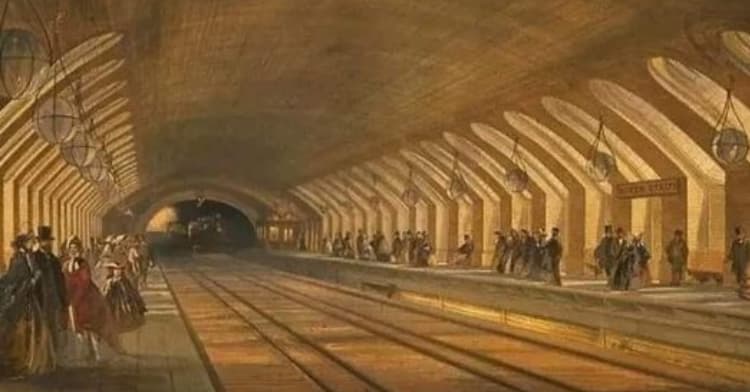The ancient latrines at Housesteads Roman Fort offer a fascinating glimpse into the sanitation practices of ancient Rome. Constructed around AD 122, these latrines were strategically positioned at the lowest corner of the fort, showcasing the Romans’ emphasis on hygiene and sanitation.
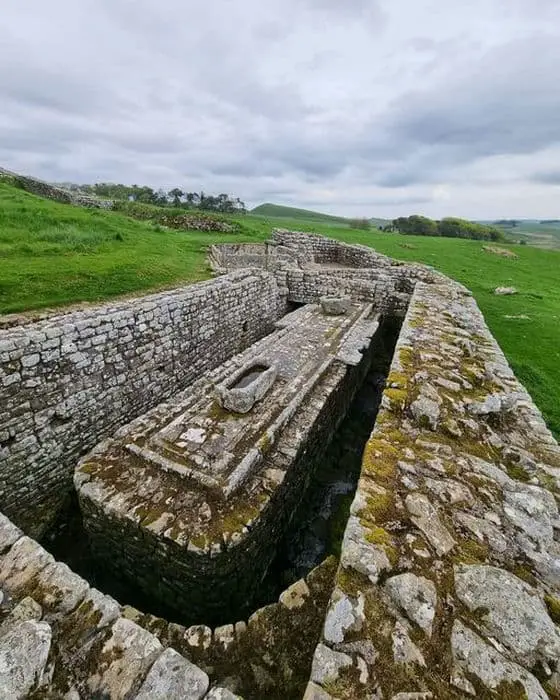
Roman latrines, commonly found in cities, military camps, and communal areas, were designed with efficiency and functionality in mind. They often featured communal seating arrangements, allowing multiple users to occupy stone or wooden benches with holes. This communal design maximized space and resources while facilitating social interaction.
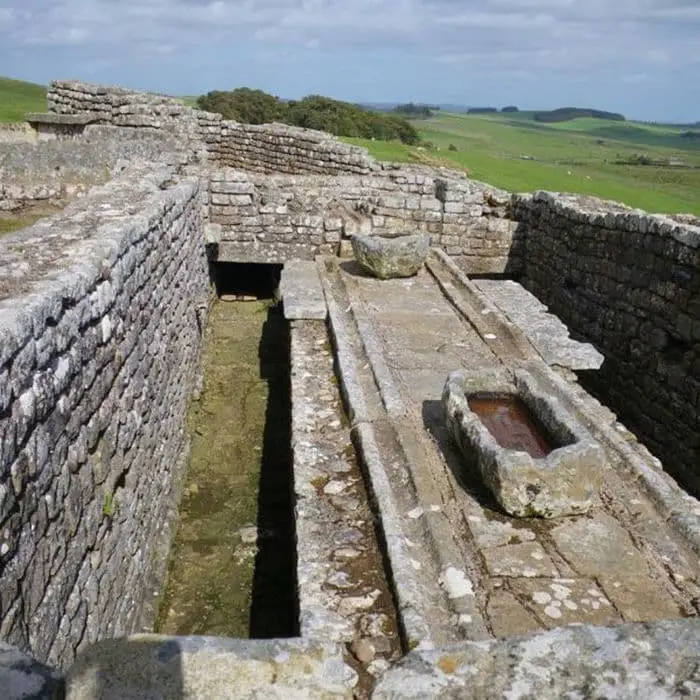
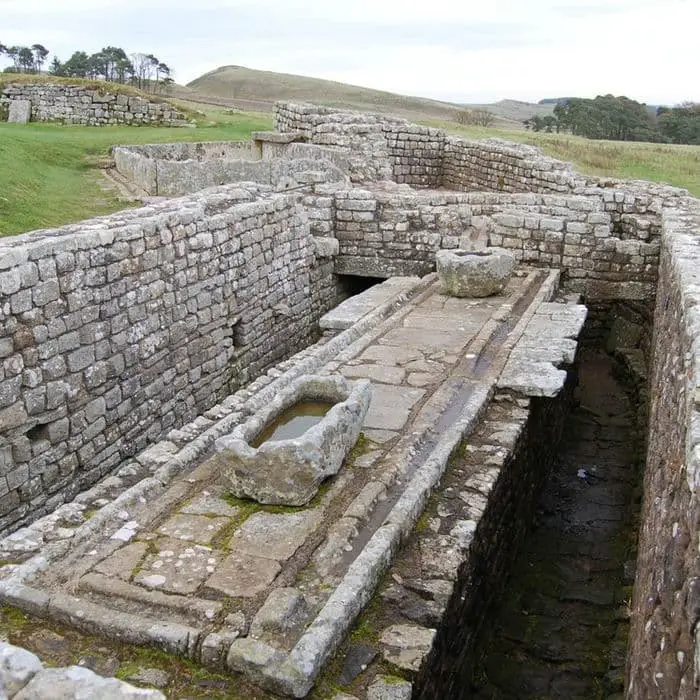
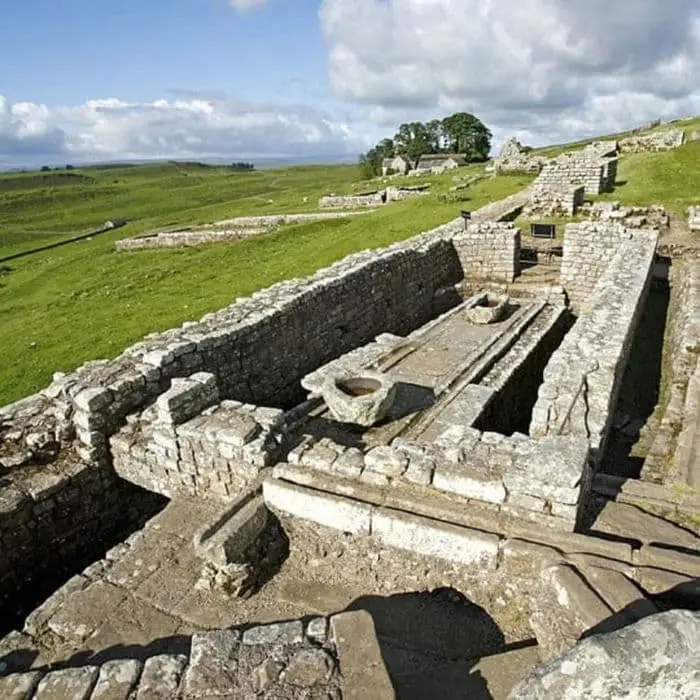
One notable feature of Roman latrines was the incorporation of running water beneath the bench seats. This water served dual purposes: for cleaning and carrying away waste. The continuous flow of water helped prevent odors and maintain sanitation standards.

In Rome itself, the Cloaca Maxima, a sophisticated sewer system, played a crucial role in waste disposal, including that from latrines. This engineering marvel highlights the Romans’ advanced understanding of sanitation infrastructure.

Despite their primary function, Roman latrines were not merely utilitarian spaces. They also served as social hubs where people engaged in conversation. The design of the latrines, with benches facing each other, encouraged social interaction among users.

Roman latrines exhibited architectural variety, ranging from simple wooden structures to elaborate stone constructions. Wealthy Romans often had private latrines in their homes, featuring amenities such as comfortable seats and decorative elements.
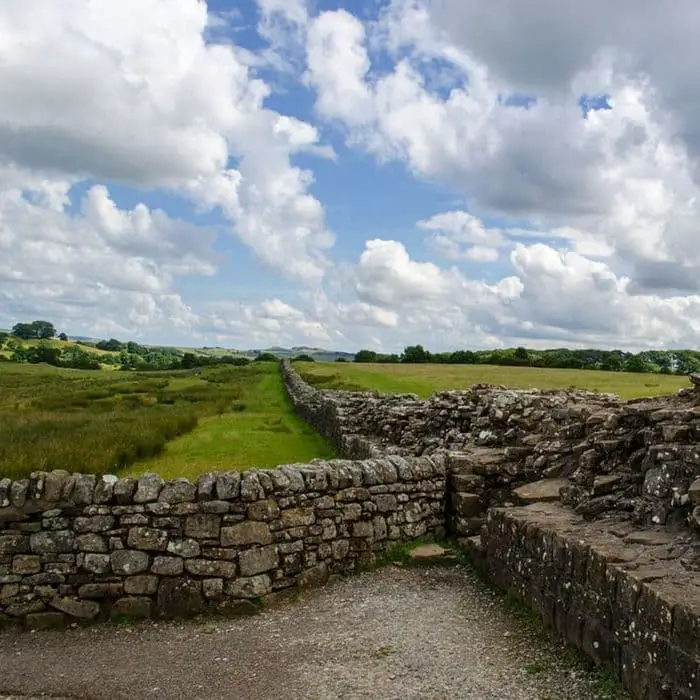
Personal hygiene after using the latrine was facilitated by sponges mounted on sticks, known as “tersoria.” These sponges were shared among users and sometimes soaked in vinegar for cleanliness.
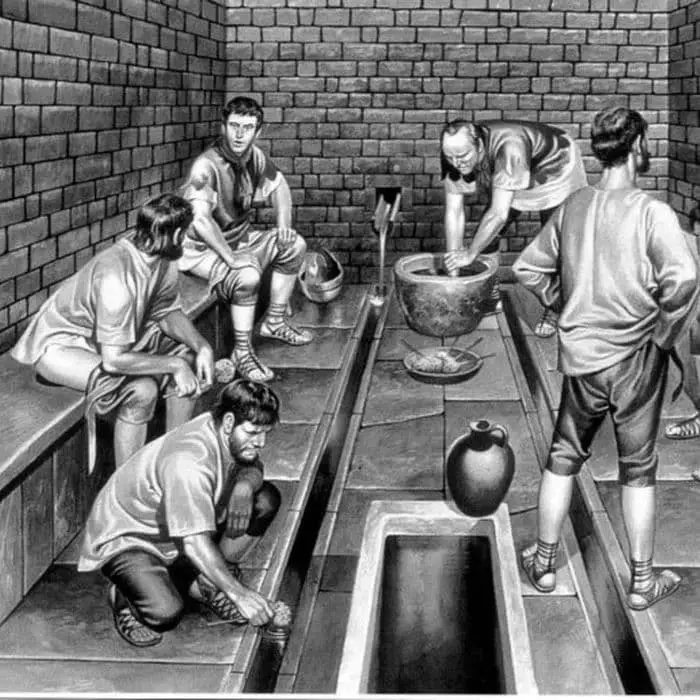
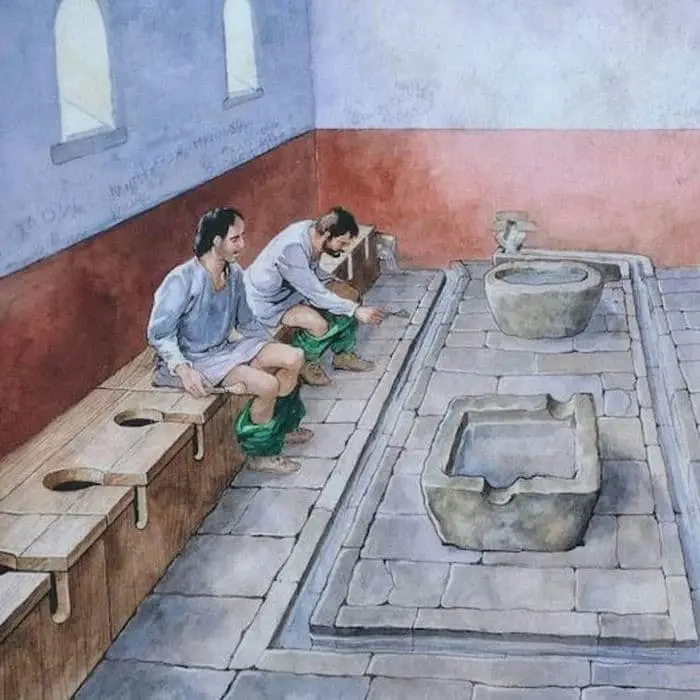
Overall, the Romans demonstrated a relatively advanced understanding of hygiene and sanitation for their time. While the communal nature of their latrines may seem unfamiliar to modern sensibilities, these facilities played a crucial role in promoting public health and hygiene in ancient Rome.

